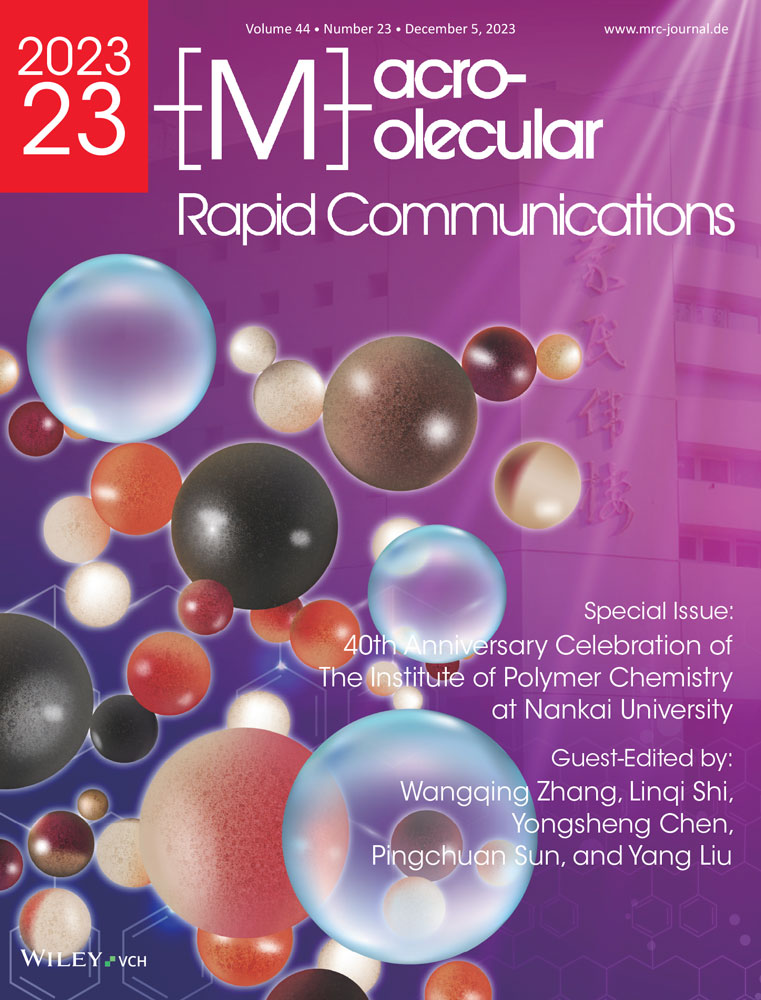Twistocaloric Modeling of Elastomer Fibers and Experimental Validation
Abstract
The twistocaloric effect is attributed to the change in entropy of the material driven by torsional stress. It is responsible for the torsional refrigeration of fiber materials that has been widely exploited as one of the solid-state cooling techniques with high efficiency and low volume change rate. The lack of theories and mathematical models of twistocaloric effect, however, limits broad applications of torsional refrigeration. In this work, a twistocaloric model is established to capture the relationship between twist density and temperature variation of natural rubber fibers and thermoplastic elastomer yarns. An experimental setup consisting torsion actuator and torque sensor coupled with a temperature measurement system is built to validate the model. Using the Maxwell relationship, twistocaloric coefficient is measured by quantifying the thermal effect induced by torsion under shear strain. The experimental characterization of the twistocaloric effect in natural rubber fiber and thermoplastic elastomer yarn are consistent with the theoretical predictions.
Conflict of Interest
The authors declare no conflict of interest.
Open Research
Data Availability Statement
The data that support the findings of this study are available from the corresponding author upon reasonable request.




